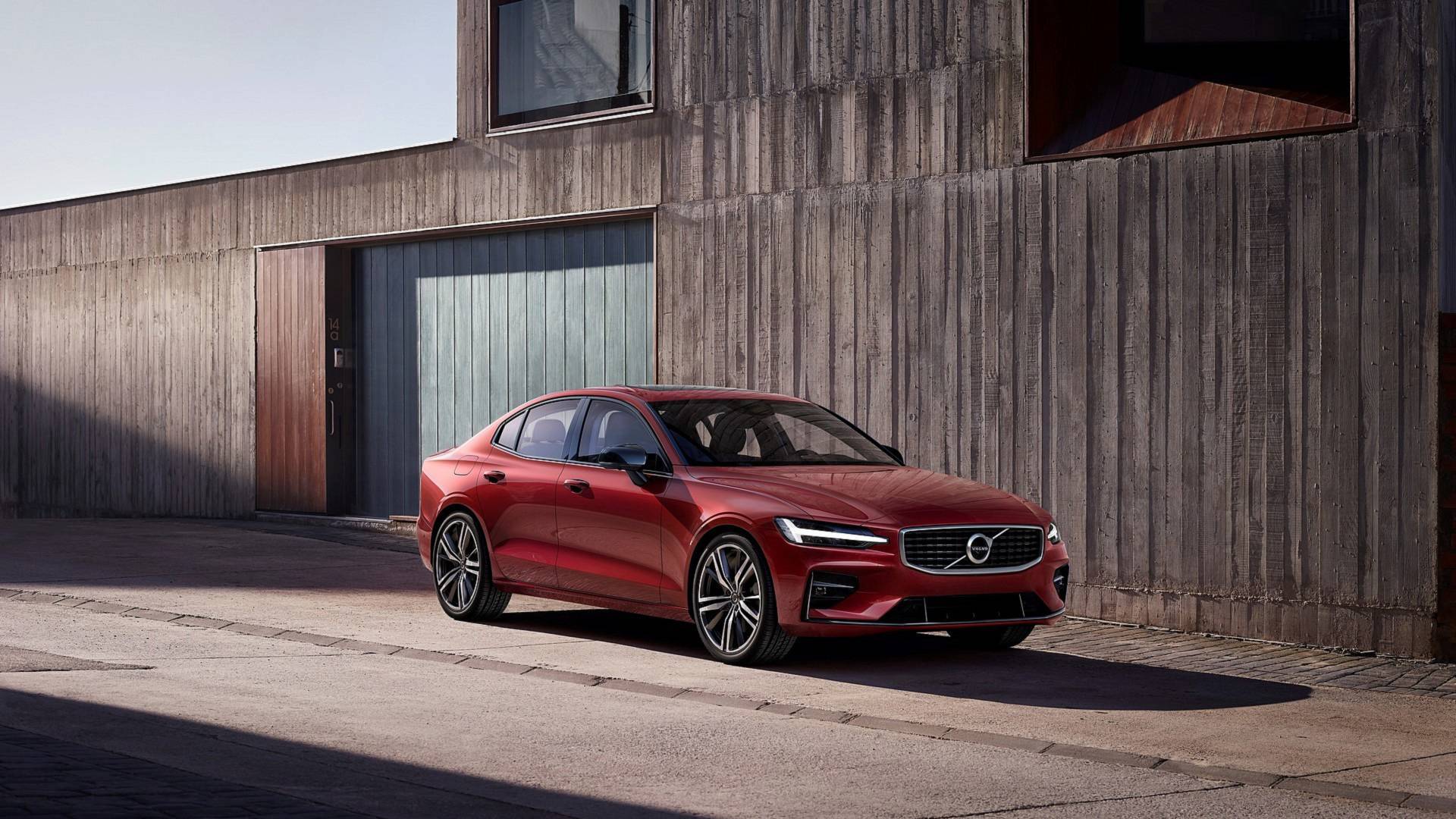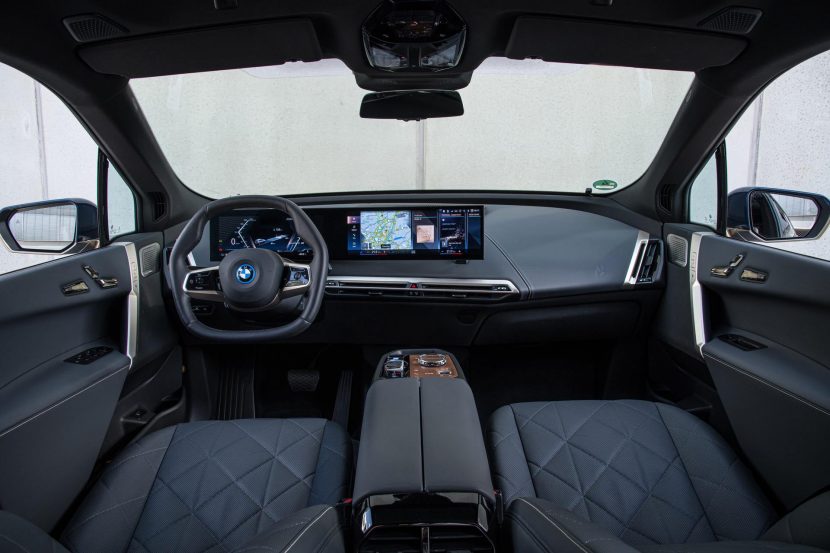Since forever, premium luxury vehicles have used leather upholstery for their seating, door panels, dashboards, and basically any surface that you want to touch. Leather is an irrefutably luxurious product to use; it’s soft, feels great, smells great, and even looks expensive. However, there are a few big drawbacks to using genuine leather and, due to those drawbacks, Volvo has pledge to stop using leather in its vehicles by 2030, which isn’t too far away. Might the rest of the auto industry follow that trend?
Volvo’s reasoning for stopping the use of animal leather for its interiors is mostly about the climate. The more leather we use, the more cattle need to be farmed. The more cattle there are, the more greenhouse gases are emitted into the atmosphere. The environmental impact of cattle farming is absolutely enormous and leather only exacerbates it.
There’s also the moral angle. Not only can you feel wrong to kill animals for their hides but more and more customers are making their purchase decisions based on which automakers offer animal-free interiors. Admittedly, Volvo will still use some wool for certain interior materials but Volvo has set up a program to insure the responsibility of the sources it will get its wool from.
Replacing the leather will be a material called Nordico, which is a synthetic material made from recycled plastic bottles, which will be first implemented in the next generation of Volvo vehicles. This doesn’t sound like an idea that will be especially popular among other premium brands, especially more traditional brands like BMW.
Read Also: BMW Leather vs. Leatherette
As important as it is to get away from animal skin interiors, for a number of reasons, I think BMW and Mercedes-Benz will stick with cow-hide cabins for awhile longer. Volvo is doing something that’s right for Volvo but, for BMW and Mercedes-Benz, it might not work out as a business decision, even though it’s the right thing to do.
[Source: Motor Trend]






































































